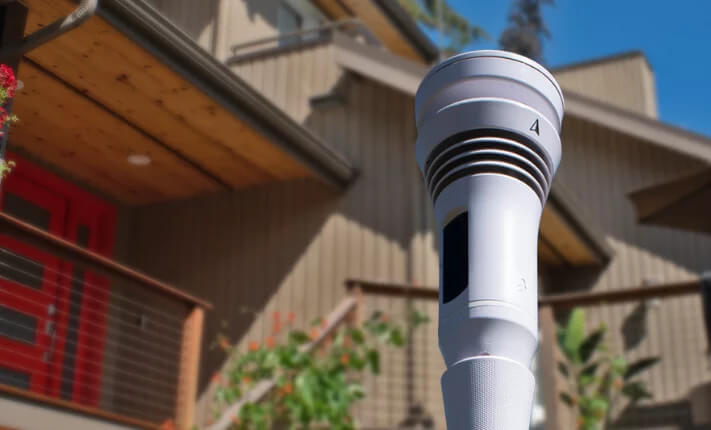
Many people love to look at the clouds and imagine seeing shapes of people, creatures of all kinds, and other familiar stuff. But what exactly are we seeing? How do clouds form, and what are clouds made of?
When you understand how clouds form and what contributes to their development, you gain valuable insight into changing weather patterns. This guide explains where clouds come from, why they form, and what they reveal about the atmosphere.
Where Do Clouds Come From?
Clouds originate in the water cycle. The sun heats oceans, lakes, rivers, and soil, causing moisture to evaporate. That invisible water vapor mixes into rising air, cools with altitude, and begins to condense into droplets. This is when clouds form.
Air rises in several ways:
- Warm ground heats the air above it, causing it to lift.
- Winds push moist air up mountains.
- Cool, dense air forces warm air upward when the two meet.
In each case, rising air cools, leading to cloud formation. These processes happen constantly at different levels of the atmosphere.
What Are Clouds Made Of?
Clouds are made of billions of tiny water droplets or ice crystals suspended in the air. They are visible because the moisture condenses into liquid or solid form, unlike invisible water vapor.
Temperature and altitude determine composition. In higher, colder layers, clouds often contain ice crystals, while lower clouds hold mostly liquid droplets. Meteorologists classify many cloud types by altitude: low, middle, and high.
Now that you know clouds aren’t made of gas, explore other weather facts for kids in our blog.
How Are Clouds Formed?
The key to understanding how clouds are formed lies in condensation. As moist air rises and cools, water vapor changes into liquid droplets or ice crystals. This phase change creates the visible masses we see as clouds.
Cloud names hint at their behavior:
- Clouds with “stratus” in their name, like nimbostratus, often bring steady, widespread rain.
- Clouds with “cumulus” in their name, like cumulonimbus, are linked to scattered showers and thunderstorms.
Recognizing these patterns helps you track how clouds develop throughout the day and predict shifts in the weather.
Why Do Clouds Form?
Clouds form when three ingredients come together: moisture, rising air, and cooling temperatures. Heat from the sun, terrain, or weather fronts pushes air upward until it cools enough for condensation to begin. This is why cloud formation often leads to rain, storms, or other changes in weather.
Observing which layers cloud up first can reveal early signs of shifting atmospheric conditions and help you better anticipate rainfall.
Get Accurate Local Rain Forecasts With The Tempest Weather System
Understanding where clouds come from and why clouds form is the first step. Pair that knowledge with precise, real-time weather data for smarter decisions.
The Tempest Weather System tracks air temperature, pressure, moisture, wind, and rainfall directly from your backyard. With AI-powered Nearcast technology, Tempest delivers hyper-local forecasts tailored to your exact location.
Watch how pressure drops and cloud cover builds as storms approach, and confirm your forecast with Tempest’s live updates. Combine weather readings from the Tempest Weather System with a fun hands-on weather activity to help kids learn more about how the world works!

